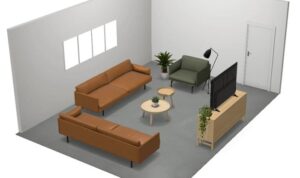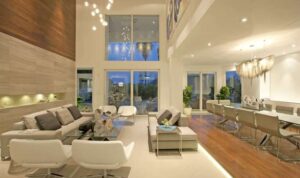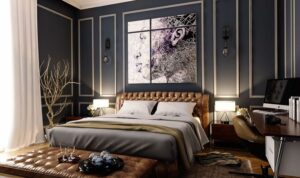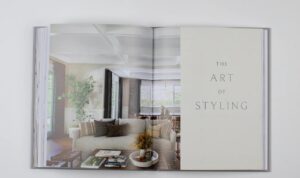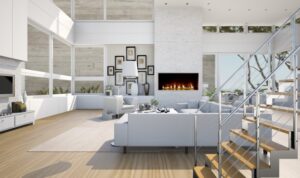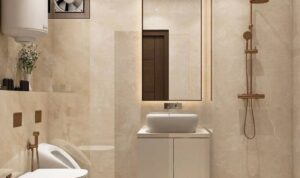Delving into house interior design, this introduction immerses readers in a unique and compelling narrative. It sheds light on the importance of interior design in transforming living spaces into personalized havens. From color schemes to furniture selection, every aspect plays a crucial role in creating a harmonious environment that reflects individual taste and preferences.
As we delve deeper into the elements that constitute house interior design, a world of creativity and functionality unfolds, offering endless possibilities to craft a space that truly feels like home.
Overview of House Interior Design
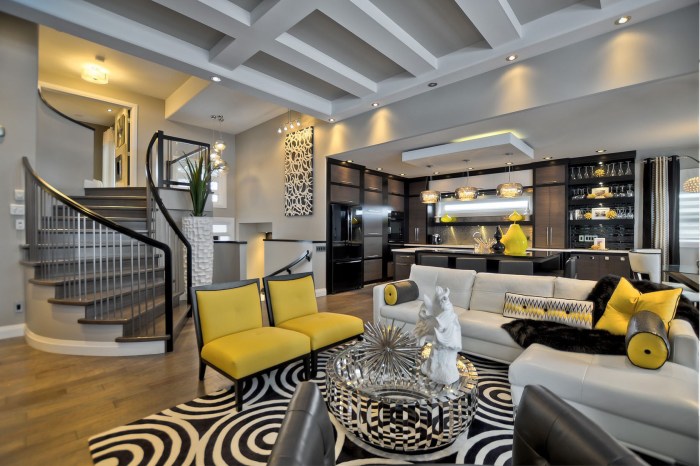
House interior design involves the planning and execution of creating aesthetically pleasing and functional living spaces within a residential property. It encompasses the selection of furniture, color schemes, lighting, and decor to enhance the overall look and feel of a home.
Interior design plays a crucial role in transforming a house into a home by creating a comfortable and inviting atmosphere for the residents. It not only focuses on the visual appeal but also on optimizing the use of space and ensuring practicality in everyday living.
Importance of Interior Design in Enhancing Living Spaces
- Improves functionality: Interior design helps in maximizing the use of space and creating efficient layouts that cater to the needs and lifestyle of the residents.
- Enhances aesthetics: By selecting appropriate furniture, color palettes, and decor elements, interior design can significantly improve the overall look and feel of a home.
- Promotes well-being: A well-designed interior can contribute to the well-being of the occupants by creating a harmonious and comfortable environment that supports relaxation and productivity.
Role of Interior Design in Reflecting Personal Style and Preferences
- Express individuality: Interior design allows homeowners to showcase their personality and unique preferences through the choice of furnishings, artwork, and decorative items.
- Creates a sense of belonging: By customizing the interior design to align with personal style, residents can feel a stronger connection to their living space and create a sense of belonging.
- Enhances comfort: Tailoring the interior design to personal tastes can increase comfort and satisfaction, making the home a more enjoyable place to spend time in.
Elements of Interior Design
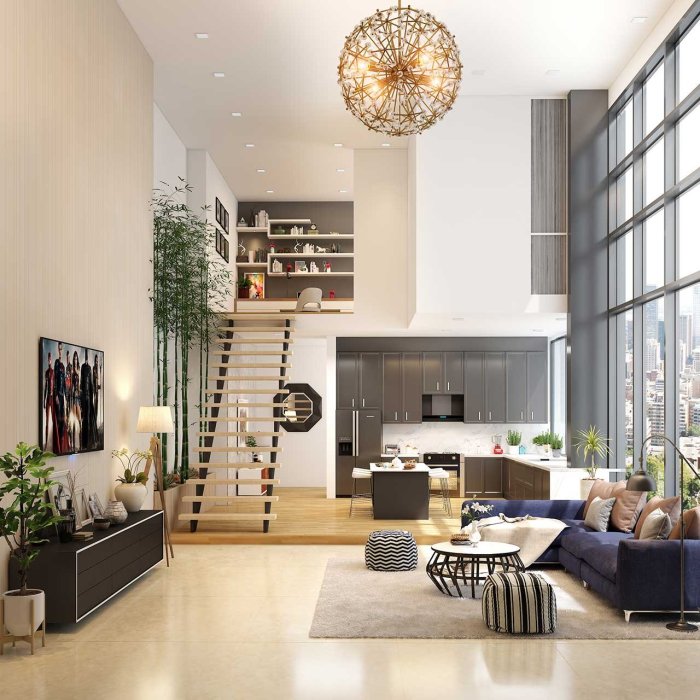
Interior design is a multifaceted discipline that involves various elements working together to create a harmonious and visually pleasing space. Key elements include color, texture, lighting, and furniture, each playing a crucial role in shaping the overall aesthetic of a room.
Color
Color is one of the most powerful tools in interior design, as it can drastically affect the mood and atmosphere of a space. Different colors evoke different emotions, with warm tones like red and orange creating a cozy and inviting feel, while cool tones like blue and green can promote a sense of calmness and relaxation.
Texture
Texture adds depth and dimension to a room, making it more visually interesting. Whether it's a plush rug, a sleek leather sofa, or a rough stone accent wall, incorporating a variety of textures can help create a dynamic and engaging space.
Lighting
Lighting is essential in interior design, as it can impact the functionality and ambiance of a room. Natural light can make a space feel open and airy, while strategically placed artificial lighting can highlight architectural features and create a warm and inviting atmosphere.
Furniture
Furniture serves both a practical and aesthetic purpose in interior design. The right furniture pieces can define the style of a room, provide comfort and functionality, and contribute to the overall flow and layout of the space.
Balance, Harmony, and Proportion
In interior design, achieving balance, harmony, and proportion is crucial for creating a visually appealing space. Balance ensures that the visual weight of elements in a room is distributed evenly, while harmony brings a sense of cohesion and unity to the overall design.
Proportion, on the other hand, relates to the size and scale of objects in relation to each other and the space as a whole, helping to create a sense of order and balance.
Color Schemes in Interior Design
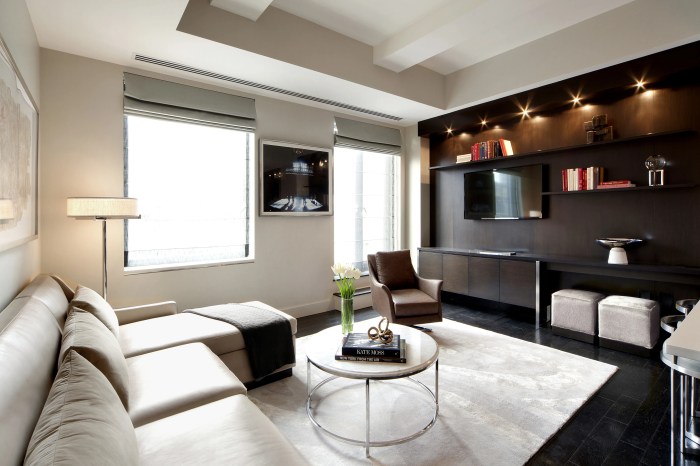
Color plays a crucial role in interior design, setting the mood and atmosphere of a room. Different color schemes can evoke various emotions and create unique aesthetics. Let's explore the common color schemes used in house interior design and how to choose the right one for each room.
Monochromatic Color Scheme
A monochromatic color scheme involves using varying shades of a single color. This creates a harmonious and soothing look, ideal for creating a sense of continuity and simplicity in a room. For example, using different shades of blue can create a serene and cohesive atmosphere in a bedroom.
Complementary Color Scheme
Complementary colors are opposite each other on the color wheel, such as blue and orange or red and green. This color scheme creates a vibrant and dynamic look, with each color enhancing the other. When using a complementary color scheme, it's essential to balance the colors to avoid overwhelming the space
Analogous Color Scheme
An analogous color scheme involves using colors that are next to each other on the color wheel, such as blue, green, and teal. This color scheme creates a cohesive and harmonious look, perfect for creating a sense of unity in a room.
Analogous colors work well together and can create a relaxing and comfortable environment.When choosing a color scheme for a room, consider the function of the space and the mood you want to create. For example, warm colors like red, orange, and yellow can energize a space and are perfect for areas where socialization occurs, such as the living room or dining room.
On the other hand, cool colors like blue, green, and purple can create a calming and relaxing atmosphere, making them ideal for bedrooms or home offices.Experiment with different color schemes and don't be afraid to mix and match colors to find the perfect combination for each room in your house.
Furniture Selection and Arrangement
When it comes to interior design, furniture selection and arrangement play a crucial role in determining the functionality and style of a space. The right furniture pieces can enhance the overall aesthetic appeal of a room while also ensuring that it serves its intended purpose.
Here we will explore the importance of selecting the right furniture and share tips on arranging them effectively.
Importance of Furniture Selection
Choosing the right furniture is important as it can make or break the design of a room. Functionality should always be a priority, ensuring that the furniture serves its purpose while also complementing the overall style of the space. Additionally, the quality of the furniture can impact its durability and longevity, making it a worthwhile investment for the long term.
Tips for Arranging Furniture
- Start by assessing the layout of the room and identifying the focal point.
- Consider the traffic flow and ensure there is enough space for movement around the furniture.
- Use a mix of furniture sizes to create visual interest and balance in the room.
- Experiment with different furniture arrangements to find the most optimal layout for the space.
- Consider the scale of the furniture in relation to the size of the room to avoid overcrowding or overwhelming the space.
Trends in Furniture Design
Modern furniture design trends often focus on clean lines, minimalistic styles, and multifunctional pieces to maximize space efficiency. Sustainable and eco-friendly materials are also becoming increasingly popular in furniture design, reflecting a growing awareness of environmental concerns. Additionally, vintage and retro-inspired furniture pieces are making a comeback, adding a touch of nostalgia and character to modern interior spaces.
Lighting Design
Lighting plays a crucial role in interior design as it not only illuminates a space but also sets the mood and ambiance. Proper lighting design can enhance the overall aesthetics of a room and make it more functional and inviting.
Types of Lighting and Their Uses
- Ambient Lighting: Also known as general lighting, ambient lighting provides overall illumination in a room. It can come from ceiling-mounted fixtures, chandeliers, or wall sconces, creating a comfortable and inviting atmosphere.
- Task Lighting: Task lighting is focused on specific areas where activities like reading, cooking, or working take place. Desk lamps, under-cabinet lights, and pendant lights are common examples of task lighting.
- Accent Lighting: Accent lighting is used to highlight focal points or architectural features in a room. It can be achieved through track lighting, wall-mounted fixtures, or recessed lights, adding depth and visual interest to the space.
Tips for Creating a Well-Lit Space
- Layered Lighting: Combine different types of lighting to create a layered effect that adds depth and flexibility to the room. Use a mix of ambient, task, and accent lighting for a well-balanced look.
- Dimmer Switches: Install dimmer switches to control the intensity of light in a room. This allows you to adjust the lighting according to the time of day, mood, or activity, creating a more versatile and customizable space.
- Natural Light: Maximize natural light by using sheer curtains or blinds that allow sunlight to filter into the room. Natural light not only brightens up the space but also has a positive impact on mood and well-being.
Summary
In conclusion, house interior design is not just about aesthetics but about creating a sanctuary that resonates with who you are. By carefully considering each element, from color schemes to lighting design, you can transform your living spaces into reflections of your unique style and personality.
Dive into the world of house interior design and unleash your creativity to craft spaces that inspire and delight.
FAQ Resource
How important is lighting in interior design?
Lighting is crucial in setting the ambiance of a room and enhancing its overall aesthetics. It can make a space feel cozy, bright, or dramatic depending on the type of lighting used.
What are some common color schemes used in house interior design?
Common color schemes include monochromatic (shades of a single color), complementary (opposite colors on the color wheel), and analogous (colors next to each other on the color wheel).
How does furniture selection impact interior design?
Choosing the right furniture is essential for both functionality and style. It can define the mood of a space and contribute to the overall harmony and balance of the design.

